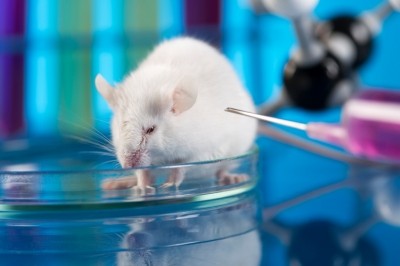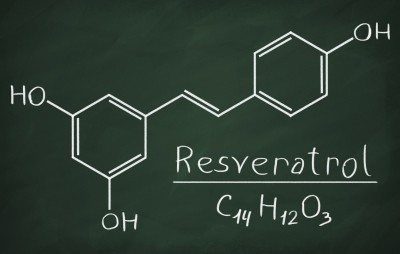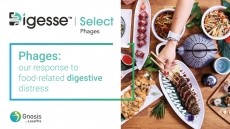First-time study tracks nutritional distribution of fat in human GI tract
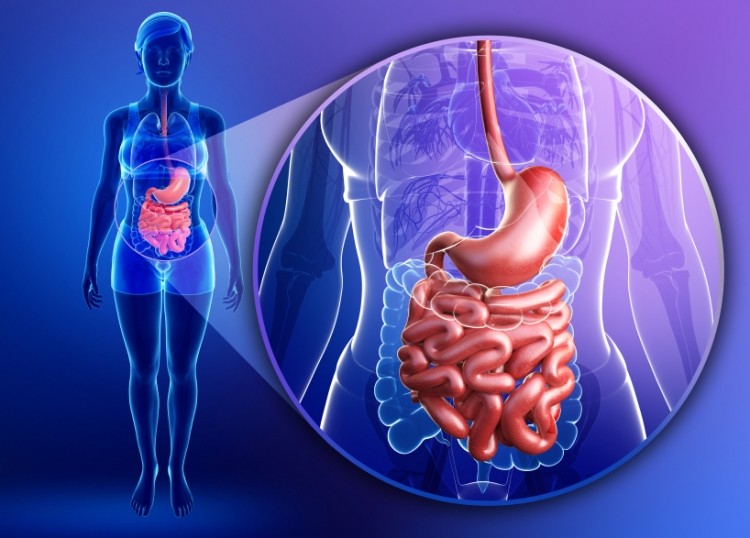
These functional foods often require a complex structure to ensure nutritional components are distributed and delivered in the correct order.
The research, carried out by scientists from Zurich University and the University Hospital of Zurich, used the MRI method iterative decomposition with echo asymmetry and least squares estimation (IDEAL).
The technique detects and distinguishes between the signals water and fat send out allowing scientists to see the distribution of water and fat in the body. This was the first time the technique had been applied to the GI tract.
The procedure allowed the researchers to identify features of phase separation and creaming within the gastrointestinal tract that were not visible in conventional MRI. They believed this method had the potential to bridge the gap between current in vitro digestive models and in vivo behaviour.
“IDEAL would be best in handling homogenised (blended) meals,” lead researcher, Andreas Steingoetter told us. “Predefined solid particles (like meat or vegetables) are possible, but additional MR sequencing would need to be carried out to avoid ambiguities.”
“Similar concepts like IDEAL will eventually allow imaging of fatty acid composition and quantify the fractions of saturated and unsaturated fatty acids.”
Deeper fat layers
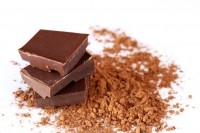
Current research to understand how food, particularly fat, is processed and digested within the GI tract have been accelerating of late, as the nutrition industry seeks to use these insights to improve products.
The insights from this study could address the rise in nutrition-related diseases such as obesity. Diets that are high in fat have often been cited as a leading cause for obesity. However, dietary fat remains an important source of essential fatty acids and plays a major role in the absorption of nutrients.
Structure of the study
In the study, 12 healthy subjects were studied on two separate visits in a single-blind, randomised, cross-over study. IDEAL was used to create quantitative fat fraction maps of the GI tract after one of two fat emulsions was introduced: E1 (acid stable, droplet size 0.33 mm) and E4 (acid unstable, 0.38 mm).
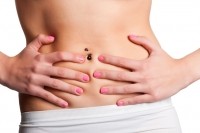
The researchers were able to use fat fraction maps and GI emulsion profiles to identify the key steps of GI phase separation and creaming that were not visible in conventional MRI. Gastric fat emptying was faster for E4 compared with E1. Duodenal content volumes were also found to be larger for E1 than for E4.
Findings of this study echoed recently published work on food products that modulate and control satiation and detect mechanisms that dictate disorders of human digestion and energy homeostasis.
The study used MR imaging, surface rheology and bi-analytics to investigate the effect of different lipid emulsions on gastrointestinal function and satiety/hunger. The team demonstrated that the stability of lipid emulsions in the stomach can alter the speed of fat emptying and processing.
In addition, the release of plasma concentrations of gastrointestinal hormones was significant in the self-reported feeling of fullness and hunger.
Future research areas
Despite the success of this latest study, the researchers were quick to point out areas that required further investigation.
“The feasibility of fat quantification in the lower GI tract still needs to be investigated because of two factors: first, lower fat contents due to continuous dilution by gastric and duodenal juice, causing the fat fractions to fall below the limit of detection or accuracy, and, second, the disintegration of fat due to digestive enzymes, causing the fat model to be no longer valid,” they noted.
“A spectroscopic approach could be potentially applied for analysing the fat model and its validation in the lower GI tract.”
Probiota 2016 in Amsterdam, February 2-4
From zombie probiotics to the future of microbiome science; an EFSA exclusive to global hotspot market wraps; infants and the aged; case studies; latest research and formulations plus more Probiota 2016 is a knowledge store you probably shouldn’t miss.Click here for more information.
Source: British Journal of Nutrition
Published online ahead of print, doi.org/10.1017/S0007114515005188
“The visualisation and quantification of human gastrointestinal fat distribution with MRI: a randomised study in healthy subjects”
Authors: Dian Liu, Helen L. Parker, Jelena Curcic, Werner Schwizer, Michael Fried, Sebastian Kozerke and Andreas Steingoetter.


